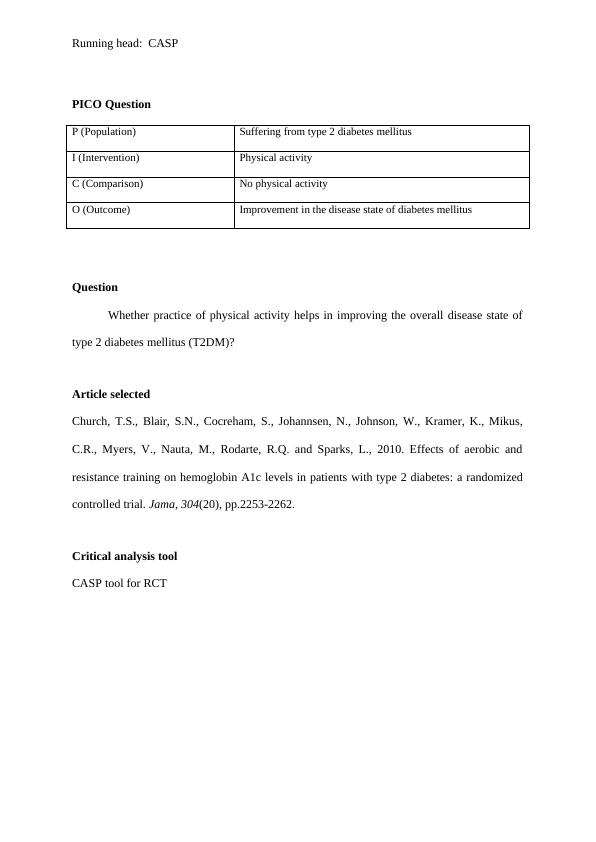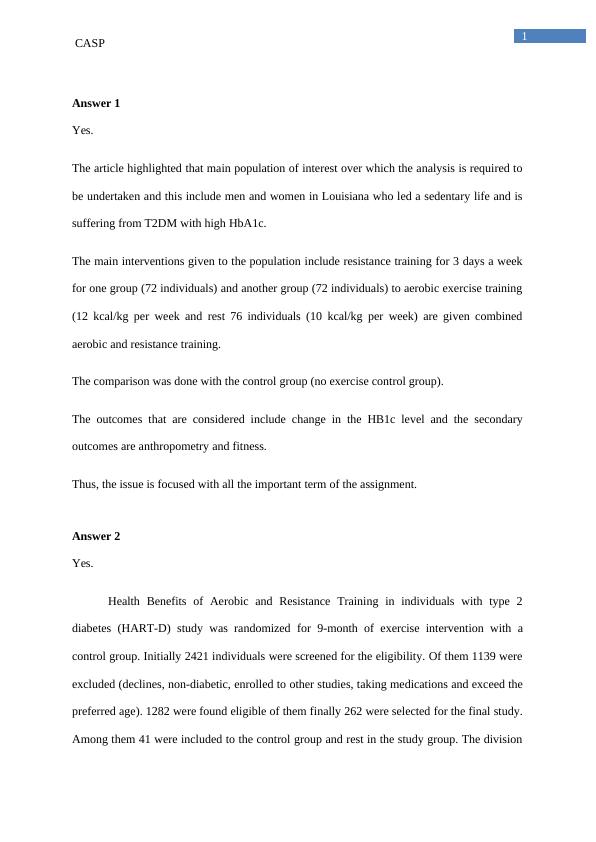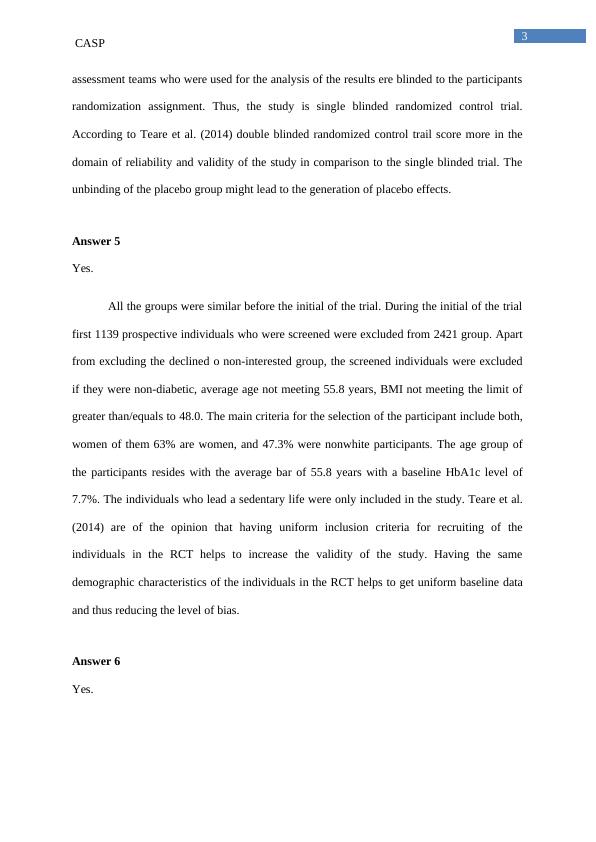Effects of aerobic and resistance training on hemoglobin A1c levels in patients with type 2 diabetes
Added on 2023-01-18
13 Pages3053 Words40 Views
End of preview
Want to access all the pages? Upload your documents or become a member.
Impact of different training modalities on glycaemic control and blood lipids in patients with type 2 diabetes
|9
|8548
|1
Glycemic Control in Adults with Diabetes
|11
|2803
|435
Resistance Training and Older Adults with Type 2 Diabetes Mellitus: Strength of the Evidence
|13
|12415
|89
Increased Self-Care Activities and Glycemic Control Rate in Relation to Health Education via Wechat Among Diabetes Patients: A Randomized Clinical Trial
|12
|3843
|20
Comparison of Low and High-Carbohydrate Diets for Type 2 Diabetes Management: A Randomized Trial
|15
|3814
|199
Effectiveness of Exercise Intervention on Breast Cancer Survivors Undergoing Aromatase Inhibitor Therapy
|26
|4411
|54




